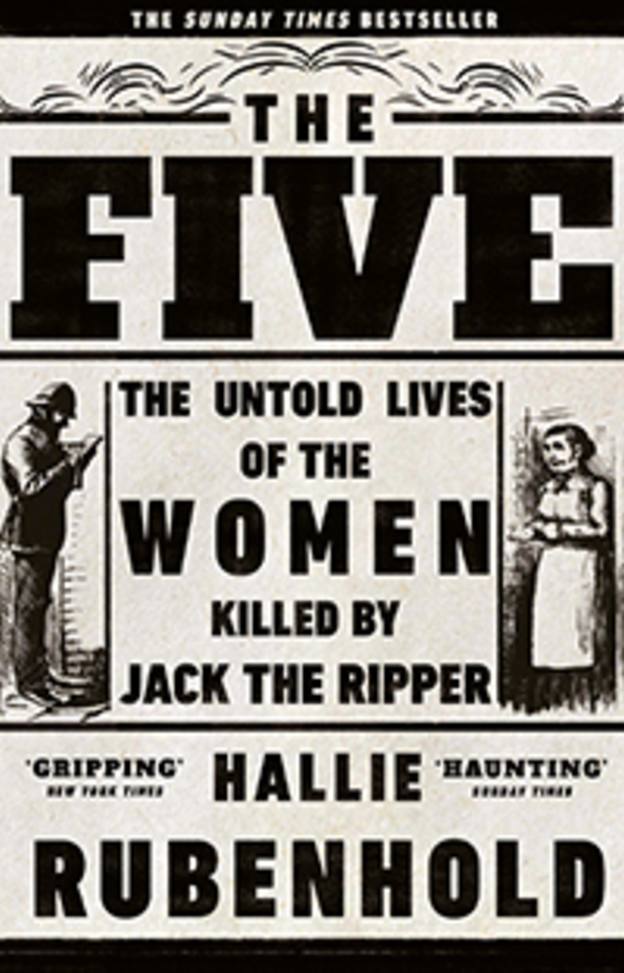
The five victims of Jack the Ripper have suffered the fate of so many women throughout history: their lives and stories have been subsumed into legend and their identities forgotten.
However, our ghoulish fascination with violent crimes and unsolved mysteries has made their murderer a household name.
Whitechapel has turned its most famous crime into a cottage industry, and Ripper tours are offered by dozens of companies. For almost a century and a half, the lives of these five women have been completely erased by the manner of their deaths. The Five, by Hallie Rubenhold, is a much-needed corrective to this narrative.
We know comparatively little about the five women. What we do know is filtered through the lens of the subsequent investigation into and sensationalisation of their deaths.
If they had not died in such a manner, their lives and deaths would have been forgotten. Ms Rubenhold skillfully reconstructs their journey through life, and the differing paths that brought them to the East End in 1888.
Where the record is patchy or nonexistent, she uses examples from their neighbours and contemporaries to construct a vivid picture of life in Victorian London.
One of the most important assertions Ms Rubenhold makes is that the five women, contrary to decades of ingrained popular belief, were not all prostitutes. This idea, propagated at the time of their deaths, has since become seen as established fact and is often repeated uncritically in popular works.
However, examining the legend in light of historical evidence, Ms Rubenhold makes a powerful and persuasive case against this assumption. While two of the women had previously engaged in prostitution, there is no evidence either were working on the night that they died.
As well as being a much-needed corrective to popular obsession, The Five is also an excellent microhistory. The stories of the five women are powerful examples of the poverty and hopelessness faced by the poor in Victorian London.
From their stories, we can imagine how it was to live on the edge of poverty, where a new child or an unexpected death could plunge a family into destitution.
The ghoulish fascination of many ‘Ripperologists’ often dehumanises the victims, but The Five eloquently reminds us they were people too, who did not deserve the fates they met on the streets of Whitechapel.
150 years after their deaths, Ms Rubenhold has finally given these women their lives back.
Dom Webb has been doing work experience with Financial Adviser






